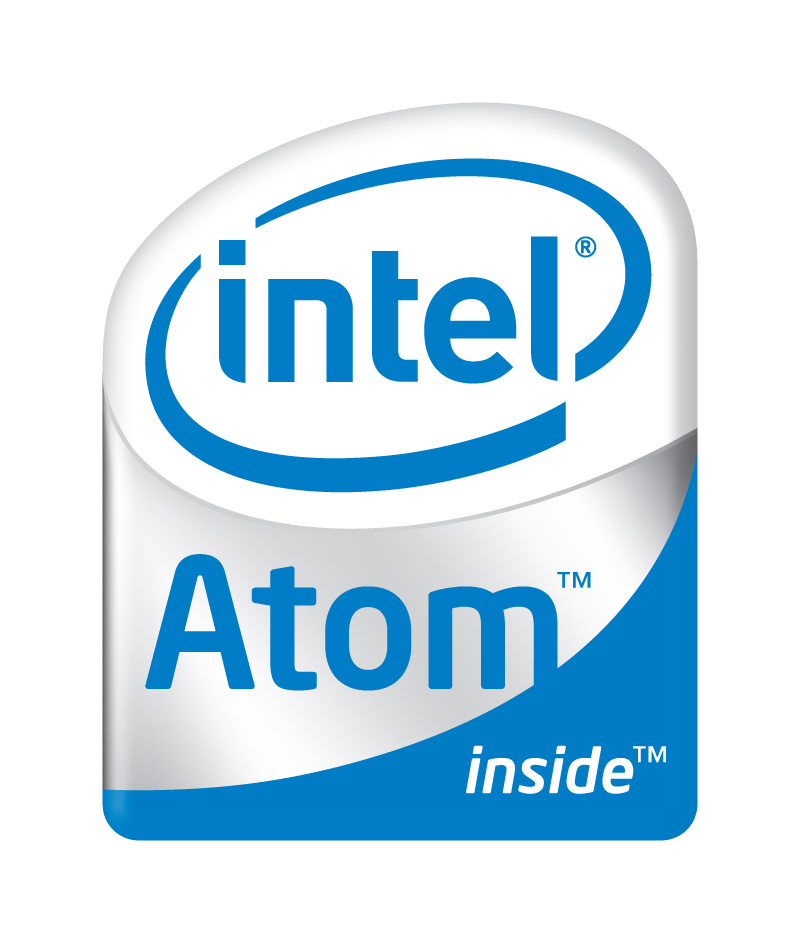Intel Phases Out Atom D2700 CPU
Intel notified its customers that it has begun phasing out its current flagship Atom processor, the D2700 with Cedarview core.
The rather expensive netbook processor ($52) was introduced in September 2011 and apparently does not pull enough demand anymore to justify carrying the CPU. Intel will also need room in its product lineup for future Atom SoCs that are likely to replace all 32 nm and 45 nm Atom processors that are currently sold by Intel.
The D2700 was next to the D2500 the first third-generation (32 nm) Atom on the market. According to Intel, final orders will be taken June 29 and final shipments will take place on September 28 of this year.
Get Tom's Hardware's best news and in-depth reviews, straight to your inbox.

Douglas Perry was a freelance writer for Tom's Hardware covering semiconductors, storage technology, quantum computing, and processor power delivery. He has authored several books and is currently an editor for The Oregonian/OregonLive.
-
DroKing Atom is officially the world's worst processor. I tried a netbook with atom... I couldn't even surf the net at ease without it stuttering on me.Reply -
ProDigit10 DroKingAtom is officially the world's worst processor. I tried a netbook with atom... I couldn't even surf the net at ease without it stuttering on me.Mostly because they equip those budget machines with super slow harddrives.Reply
I have an EEEPC with an even slower Celeron 800Mhz, and SSD,and am very pleased with it. It's getting outdated in playing back 720p video's, but the future atom processors will be a worthy upgrade from this one.
Believe me or not, but it actually boots my Win XP in 20 seconds! -
halcyon Atom processors are a big part of why netbooks weren't successful. Nobody wants something slow and sluggish.Reply -
ta152h "The D2700 was next to the D2500 the first third-generation (32 nm) Atom on the market."Reply
Awkward English, at best. The writing on this site is getting really bad. -
felix666 Intel pushed the Atom in the throat of just every PC manufacturer in an effort to kill the AMD's Geode SoCs that made their way in the OLPCs and industrial computers, where the OSes are not Windows. Windows XP is not tuned to run onto a subpar processor and low memory. A good share of the netpc market now understandably belongs to tablets.Reply
Who still needs Atoms, when ARM-based subsystems perform better, cheaper, with the same level of software support.
How many hundreds of millions will Intel spend on it before throwing the towel? -
blazorthon felix666Intel pushed the Atom in the throat of just every PC manufacturer in an effort to kill the AMD's Geode SoCs that made their way in the OLPCs and industrial computers, where the OSes are not Windows. Windows XP is not tuned to run onto a subpar processor and low memory. A good share of the netpc market now understandably belongs to tablets.Who still needs Atoms, when ARM-based subsystems perform better, cheaper, with the same level of software support.How many hundreds of millions will Intel spend on it before throwing the towel?Reply
... Arm does not beat Atom right now, not even the netbook Atoms. Furthermore, the netbooks are slow more because of their crap storage performance and GPU than their crap CPU. The CPU is FAR more than adequate for Windows XP which is actually more than capable of being run well on CPUs with mere fractions of Atom's performance. Some programs today are much heavier than older programs and do bog it down, but it's still more the storage that is the bottleneck, not the software. However, XP itself is NOT the bottleneck.
Go look up the minimum requirements for XP. You'll find that they are something like a Pentium 3 running at 400MHz or so. -
nbelote Straight from MS:Reply
The minimum hardware requirements for Windows XP Home Edition (and Professional) are:
Pentium 233-megahertz (MHz) processor or faster (300 MHz is recommended)
At least 64 megabytes (MB) of RAM (128 MB is recommended)
At least 1.5 gigabytes (GB) of available space on the hard disk
CD-ROM or DVD-ROM drive
Keyboard and a Microsoft Mouse or some other compatible pointing device
Video adapter and monitor with Super VGA (800 x 600)or higher resolution
Sound card
Speakers or headphones
